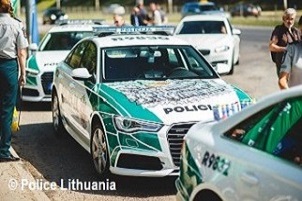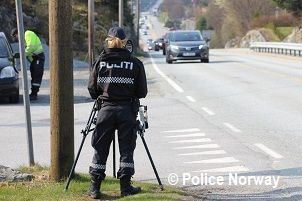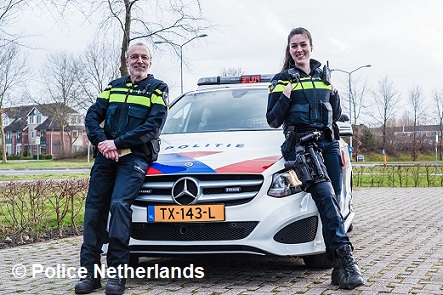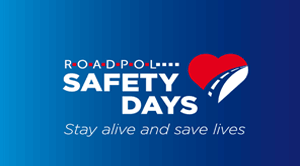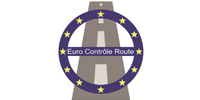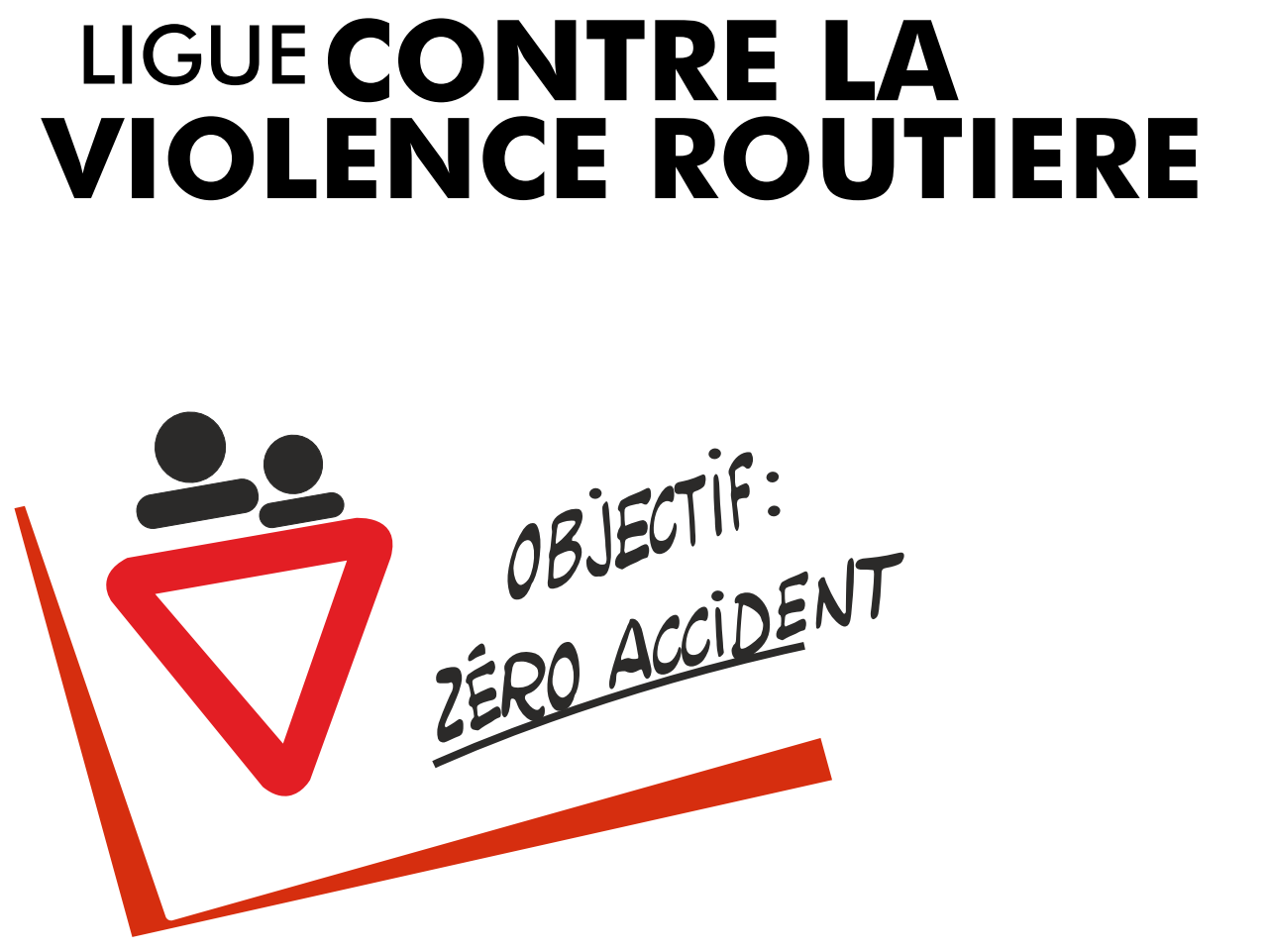Traffic Offences in Finland up Despite Empty Roads
10 FEB - Traffic offences rose dramatically in 2020, Finland's National Police Board statistics show.
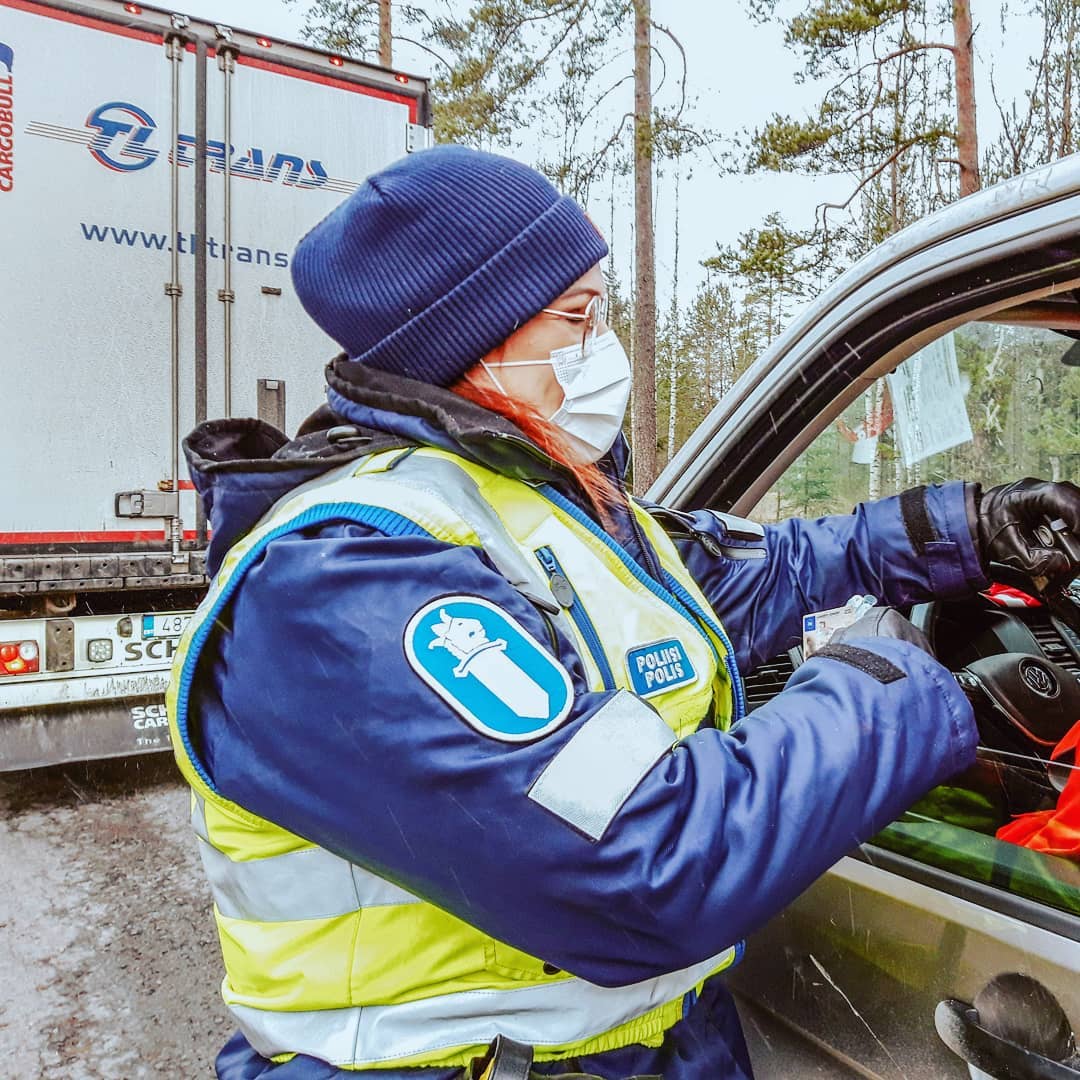 Cases of driving while intoxicated increased by 10%. PHOTO: SOUTHWESTERN FINLAND POLICE DEPARTMENTA total of 131,247 violations were registered, an increase by about 20 per cent compared to the previous year. The numbers are exceptional since traffic volumes declined significantly due to the Covid-19 pandemic.
Cases of driving while intoxicated increased by 10%. PHOTO: SOUTHWESTERN FINLAND POLICE DEPARTMENTA total of 131,247 violations were registered, an increase by about 20 per cent compared to the previous year. The numbers are exceptional since traffic volumes declined significantly due to the Covid-19 pandemic.
Challenge
“This was challenging for the police, because there was less traffic on the roads and some drivers, young men in particular, exploited the situation. The number of excessive speeding cases increased by approximately 40 per cent year-on-year”, Assistant Police Commissioner of the National Police Board Hannu Kautto says. He points out another significant fact from last year: cases of driving while intoxicated, reported to the police, increased by around 10 per cent, despite the fact that the police did not conduct large-scale breath test traffic checks due to danger of coronavirus spread. Last year, the police caught 20,335 drivers driving under the influence of intoxicants, while the corresponding figure for 2019 was 18,499. Narcotics-related cases increased the most - 33 per cent compared to year ago.
Fatalities
„Unfortunately, the lower traffic volumes did not bring lower number of fatalities 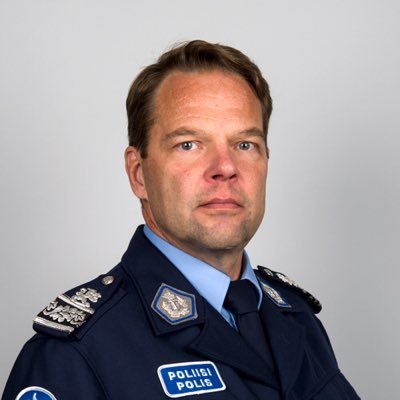 Hannu Kauttoand injuries“, Kautto informs. Preliminary data indicate that last year, road traffic collisions claimed the lives of 220 persons in Finland, 12 more than in 2019. Within these the number of fatalities among pedestrians and cyclists increased the most. Meanwhile the number of injuries reported to the police was 4344 or 630 lower than in 2019. In 2020, a total of 553 persons died or were injured in accidents caused by driving under the influence of alcohol (up by 13 per cent year-on-year) and 160 persons (up by 4 per cent year-on-year) in intoxicant-related accidents.
Hannu Kauttoand injuries“, Kautto informs. Preliminary data indicate that last year, road traffic collisions claimed the lives of 220 persons in Finland, 12 more than in 2019. Within these the number of fatalities among pedestrians and cyclists increased the most. Meanwhile the number of injuries reported to the police was 4344 or 630 lower than in 2019. In 2020, a total of 553 persons died or were injured in accidents caused by driving under the influence of alcohol (up by 13 per cent year-on-year) and 160 persons (up by 4 per cent year-on-year) in intoxicant-related accidents.
Surveillance
Traffic surveillance accounted for approximately 40 per cent of the total working hours spent by the police on surveillance, data also show. “Last year, the police spent 483.5 person work hours on all traffic surveillance, 2.4 per cent more than in 2019. Particular emphasis was on heavy traffic surveillance and last year, about 15 per cent more working hours were spent on it than in 2019,” Assistant Police Commissioner Kautto explains. According to him, the police was able to perform more traffic surveillance because, due to pandemic, large public events were cancelled thus not requiring police resources. “Moreover, the measures undertaken to maintain health security resulted in lower absence due to illness, thus we had ample resources for surveillance,” he says.


